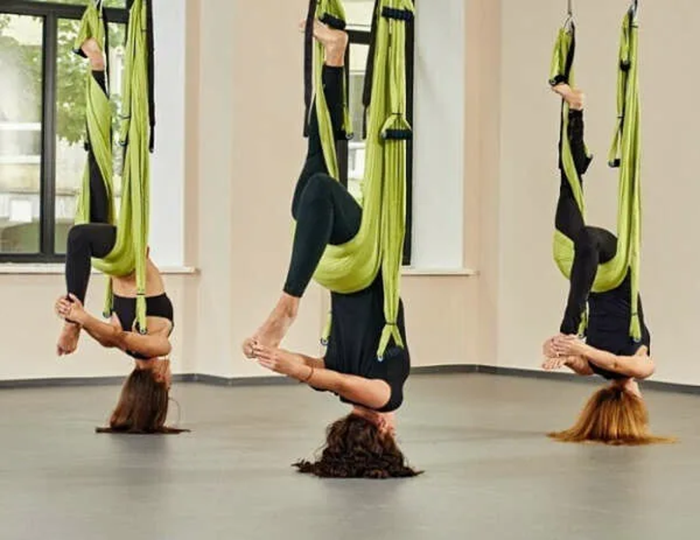The prototype of yoga in hammocks can be considered “Yoga Kurunta”, which was practiced by the Hindus several centuries ago, using vines. Now, vines have been replaced by ordinary ropes, allowing you to perform classic Hatha Yoga asanas in a new way, as well as simplify and adapt poses.
It is known that master B.K.S. Iyengar and his daughter Geeta Iyengar also used ropes to enhance the effect of some positions or simplify the practice. This idea was picked up by gymnasts and dancers, who began to perform exercises with ropes and the first hammocks. For example, Broadway choreographer Christopher Harrison began using hammocks in dance productions. He loved yoga with all his heart, and therefore, in addition to dance and gymnastic movements, he practiced asanas in hammocks.
The essence of antigravity yoga is the adaptation of basic Hatha Yoga asanas for performing them with a special hammock. This allows you to enhance the effect of some positions, make them more diverse, “hang upside down”, and, if necessary, simplify the positions. Over time, the benefits of yoga in hammocks became obvious, and practitioners around the world became interested in it.

